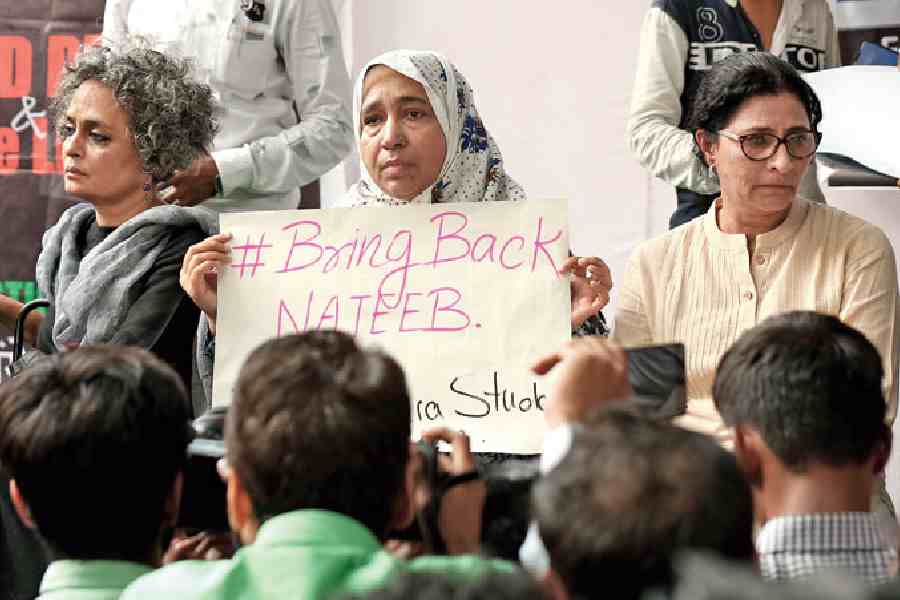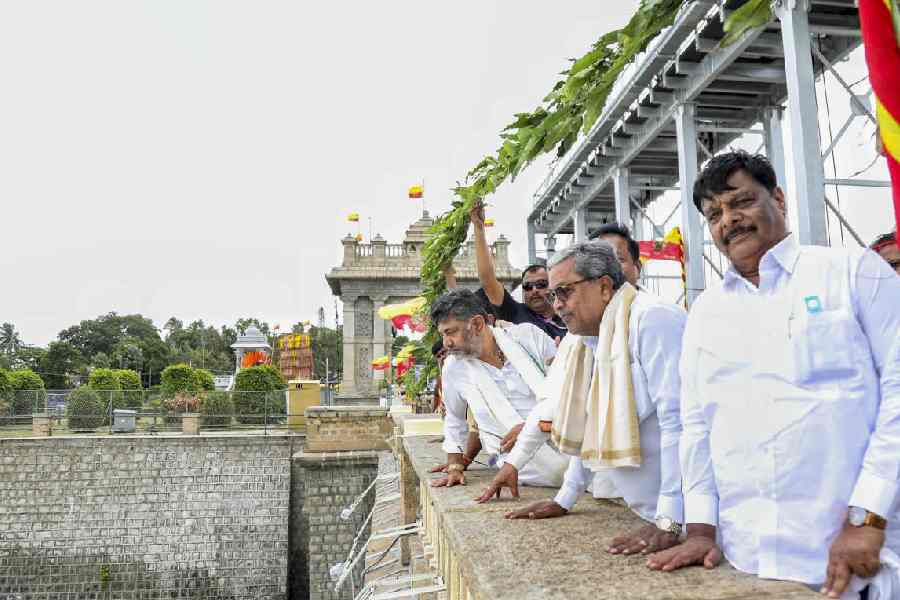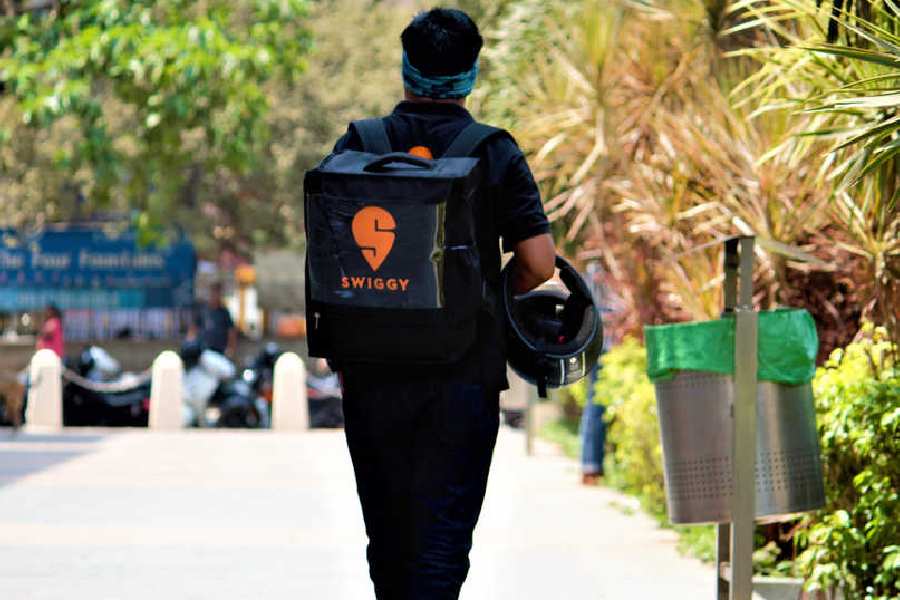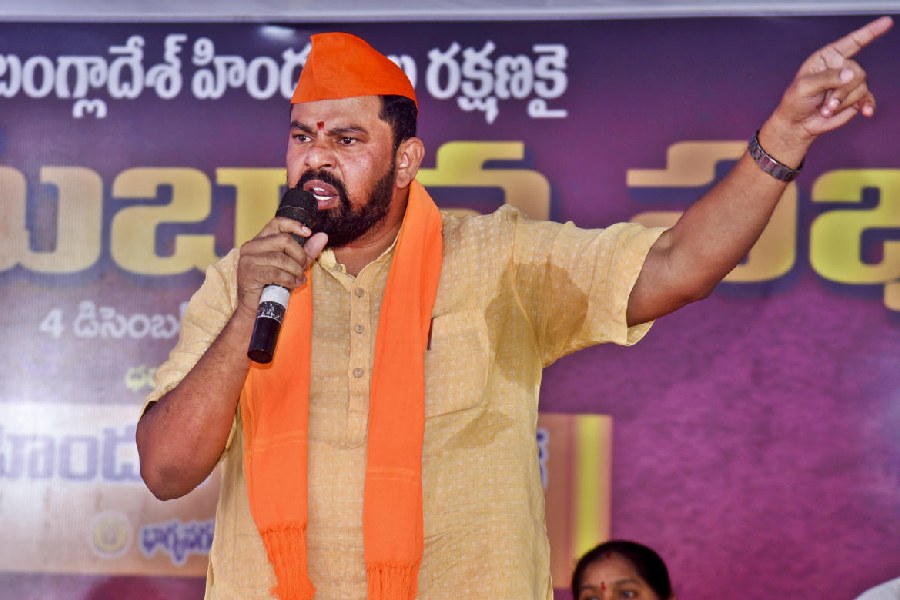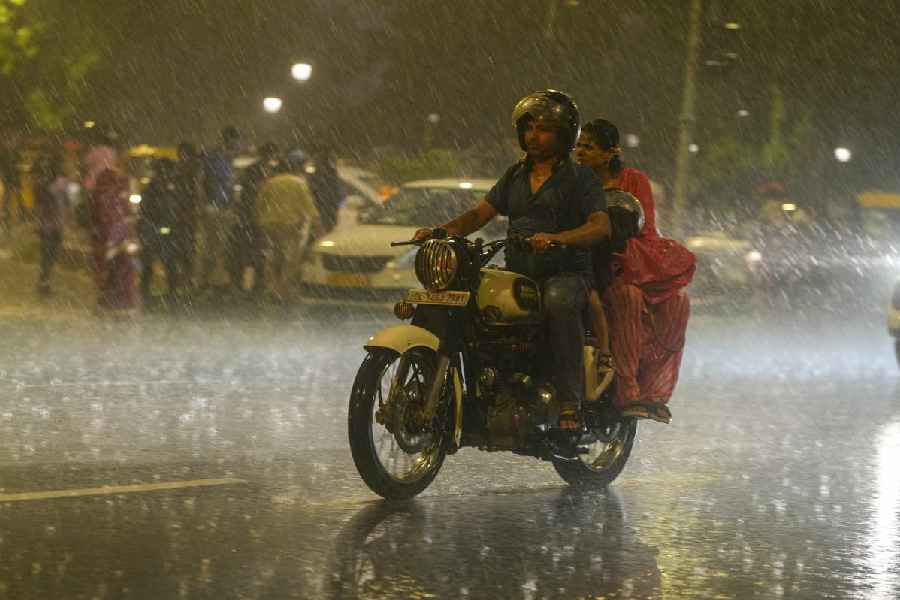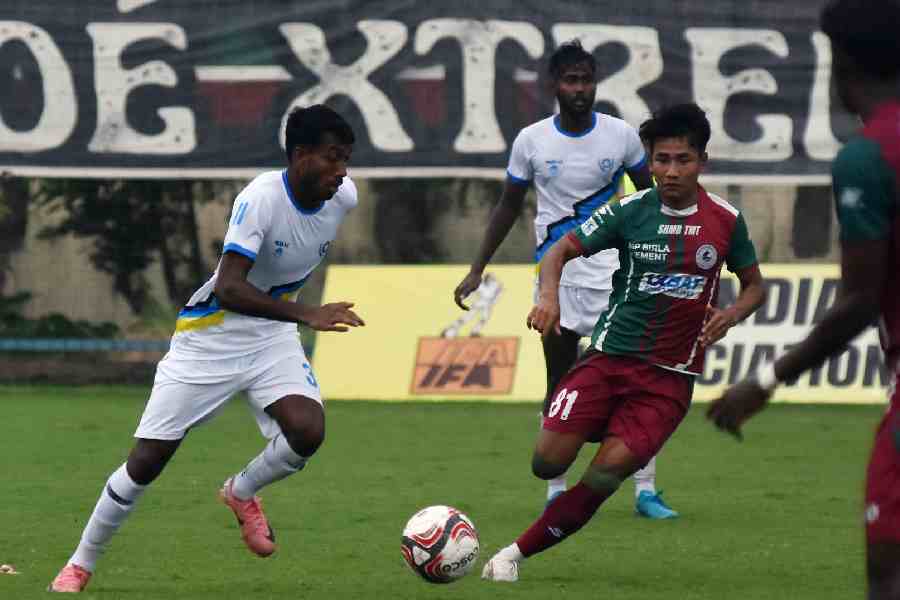 |
No, I won’t let them turn this mountain into a goddamn zoo.” Those were the last words in Dian Fossey’s journal before she was murdered, probably by poachers, in the jungles of Rwanda. One person who took those words to heart was Sigourney Weaver who played Fossey in Gorillas In The Mist. That role won Sigourney a Golden Globe as well as an Academy Award nomination. It also bound her to Fossey’s incomplete mission — conservation of gorillas. Twenty years since her death and the movie, Sigourney travels back to Rwanda. The journey is documented in Animal Planet’s programme Gorillas Revisited With Sigourney Weaver, scheduled to be beamed as part of the channel’s Environment Day line-up on June 5 at 11 pm. Sigourney answers queries from t2.
How did you approach the role of Dian Fossey? Was it any different to recreate a real-life character?
I think it was a huge gift for me to play Dian Fossey, who truly believed that humans and animals are equal citizens of the world and that our human philosophy — that animals were there to serve us or be our food or our clothing — was really something that I think she didn’t buy. Being with the gorillas every day for a couple of months and having them accept me and having all these gorilla babies jump up and down on me and pull my hair and urinate on me day after day was a pretty amazing experience. I know it was when I first thought, “Well, motherhood must be fun, you know.” But I felt such incredible connection with the gorillas and so it was something I have tried to honour by helping to look after them through the Dian Fossey Gorilla Fund International.
How was it returning to Rwanda and the gorillas for Gorillas Revisted?
It was bittersweet because I hadn’t been to Rwanda since the genocide. And I love the country. In 1987 I said to my husband, “Let’s move here.” And I remember him saying, you know we have this little apartment in New York, if we get someplace to live it should be some place we can visit on the weekend.
It was painful to go back and see what the country’s been through and the memorials in each of the towns and to talk to the people who’ve worked for the gorilla fund for years throughout the genocide.
I also lost some friends. I was looking for the young man who had been my guide throughout the filming, Alfonse, who I found out had died in a refugee camp of cholera. I found his daughter, who he named Dian, after Dian Fossey. Rwanda is a tough place to grow up and one of the things that we do at the gorilla fund is we make sure all the gorilla trackers and their children get to go to school and we give them healthcare etc.
When did you turn seriously to gorilla conservation? What have you achieved?
 |
I have had the honour of working with the Dian Fossey Gorilla Fund International since I made the movie. One of the biggest changes I think that’s happened since Dian was murdered was that the gorilla fund chose to try to work with Rwanda and Rwandans much more. We certainly work very closely with the Rwandan government, but we also work with Conservation International and other NGOs because it’s a big job to protect habitat over in Africa.
That would be probably the most important thing we can do so that farmers aren’t tempted to go into the park where the gorillas live and try to snare their food or cultivate that land.
Deep-sea trawling is an issue close to your heart. How did that get your attention?
I was in New Zealand when all of that was happening. It’s so illegal and immoral that I can’t really understand how the Japanese government is allowing it. In terms of the impact of what these whaling ships are doing, it’s just staggering. I don’t know very much about whales, I’m just your usual person who thinks they’re beautiful, but it just seems so medieval to be hunting these creatures, some of which are barely safe from extinction, for what, a few morsels of food?
Is there anyone else from the Hollywood community who gets as involved as you are with the environmental cause?
Well, I don’t know that anyone is as involved with gorillas, although I know that some people in King Kong got pretty involved because they came to study gorillas in Rwanda before they shot King Kong. And I know that Leonardo DiCaprio has been very active with the Dian Fossey Gorilla Fund. Don Cheadle, who made Hotel Rwanda — which he made, I think, in South Africa — has been to Rwanda as well. It’s a country that needs the help of the West and the East. There are a lot of countries in Africa and I chose the gorillas because that’s the responsibility I was given 20 years ago, so that’s why I’ve hung in there.
After Baby Mama, you just wrapped up James Cameron’s 3-D sci-fi epic Avatar in New Zealand and are currently shooting Crazy On The Outside. With so much variety, do you think life has just begun?
Well, I mean my goodness, I’m not 80. I do movies and then I work. My husband runs a theatre downtown so sometimes I work downtown in Manhattan. It’s good to keep busy, and I don’t really think that an actor needs to stop doing what they do as long as it’s interesting and they’re doing it well.
In Avatar, I play a fascinating character, and I hope James won’t mind if I tell you that she is a scientist. She’s a botanist. And it’s the kind of terrific woman’s role that only Jim Cameron could write. She’s a very tough, but caring, funny person. Her name is Dr Grace Augustine, and she runs the Avatar programme on this planet. I’m not really allowed to tell you much except that I think it’s going to be one of the most amazing adventures and experiences any audience will ever have. People aren’t going to want to come out of the theatre. It’s a 3D experience. It has a lot of fantasy and romance in it, as well as adventure.
You did some amount of production recently. Is that a conscious career move?
Well, I did try to produce for about 10 years and it was very difficult. You have to listen to a lot of people who you don’t agree with. I think it might be easier for me now because there are more independent films. If I didn’t get as much work, I would love to try to sit down and write my own script. God knows what that would be, but I have always thought that that would be fun. But you know the problem with being an actor is then the phone rings, you have a job, you get ready for that, and then off you go.
What’s a typical day for Sigourney?
A typical day starts fairly early. I wake my daughter up; that takes some doing. I cook breakfast. I drive her to school in Manhattan, and then I usually try to do what you have to do, phone calls, etc. You try to get some exercise. You do the shopping for the groceries or whatever. I like those little silly things. I love to live in New York. It’s beautiful. It’s absolutely freezing right now.... And I have two dogs that I walk. It’s going to sound terribly boring. I don’t do anything very interesting, but you know I have a really full day.


